Perspective in Painting.
The Framework to Make or Break Your Paintings.
Atmospheric and structural perspective in painting. What’s the difference? Why does it matter? What do you look for? And really, what is the point??
Perspective in painting. It’s one of those things that you need to have a basic handle on if you’re painting things realistically. Of course, it all depends on your perspective. (Sorry).
A good understanding of perspective is necessary to create the illusion of realism, depth and dimension in your paintings.
Get it wrong and you can leave your viewers feeling very uncomfortable. (This can be good if that’s what you want to achieve.)
Know the rules, then break them.
Understanding how the “rules” about perspective work, allows you to manipulate them to create the illusion of something being larger than it actually is, or even more ominous or imposing.
I use it to create that unsettling feeling you get when you look over a steep cliff.
The rule goes something like this:
Two parallel and level lines will meet at a point somewhere close to the horizon.
We’ve all seen pictures of railway tracks that converge into the distance. This works fantastically when dealing with manmade structures, such as buildings, fence posts, roads, etc.
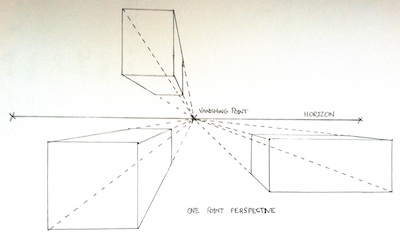
Nature, however, rarely provides straight lines.
THE RULES STILL APPLY.
Objects will appear to be smaller, the further away they are.
This is the rule in its simplest form. Having said that, we all know that with this wonderful thing called painting, is not quite that simple!
In nature, it’s rare to find anything that is perfectly level and parallel and converges nicely on the horizon. There are always bends and twists. When painting the natural environment, I prefer to think of perspective along these lines (oh dear. Sorry again.):
Generally, objects in the distance will appear smaller and flatter.
Whitewash, for example, leaves a lovely soupy sudsy trail behind the broken wave. The “gaps” in the foam will appear smaller and flatter in the distance. And larger and “rounder” in the foreground.
A bay, as another example, while viewed from directly above, can appear to be quite rounded.
But viewed closer to sea level, it will appear sharper and flatter, a bit like a tick turned on its side. (NB: not a paralysis tick, one of those ones your teacher gave you when you were good).
It’s important when making our paintings, to have a close look at perspective. And I mean a CLOSE look. Sometimes the evidence of it is quite subtle. This brings us to another consideration.
Perspective, when working with landscapes or seascapes, can be broadly broken down into two groups:
- structural
- atmospheric
Structural Perspective
This is the idea we’ve already discussed about lines converging at the horizon. This point is called the Vanishing Point.
Atmospheric Perspective
This is the concept that objects in the distance will be altered by either and/or:
- The light
- Particles in the atmosphere
Particles in the atmosphere and the light will alter the appearance of objects further away from you. Usually they will appear paler.
The theory of atmospheric perspective is that the amount of material in the atmosphere shows up as distant objects appearing less distinct, or even having altered colour.
Generally the colour will change towards blue, depending on the light.
If you stand and look towards the horizon, even on a very clear day, you can see that things further away (clouds for example, or mountains, or a ship on the horizon) are less distinct.
That’s pretty much the theory of atmospheric perspective in a nutshell.
Homework: Go to the beach. Take a sketchbook (or camera). A glass of chardonnay too if you want. (Not too much though, you want to be able to a) see the horizon; and b) find your way home!).
Record all the examples of atmospheric perspective, and start thinking about how you can apply them to your paintings.
Just to recap:
Perspective in painting can broadly be created in two ways.
With structure, ie shapes, lines etc, receding towards a vanishing point on the horizon.
And with tones. Using tone can create the illusion of atmospheric perspective. Atmospheric perspective is the amount of material in the atmosphere between you and the object.
What you see further away = more material in the atmosphere, what you see closer to you = less material.
I hope that makes sense!
When you look closely enough, the evidence of perspective is everywhere. Finding perspective is a wonderful skill.
When you can find perspective in painting, you can exaggerate it, and emphasise the illusion of depth and dimension.
This can make a simple image much more interesting, and sparkle with life.
Now that you’ve read all this stuff about perspective in painting, you’re going to want to paint. Dive in!
Oh but wait! Make sure you’re set up properly first. Our ebooklet Setting Up...Smarter has some great tips to free up your workspace and your headspace. And only $2.50.
Otherwise, get straight into it!
Top of Perspective In Painting
Back To Acrylic Painting Basics
Back to Explore Acrylic Painting Home Page

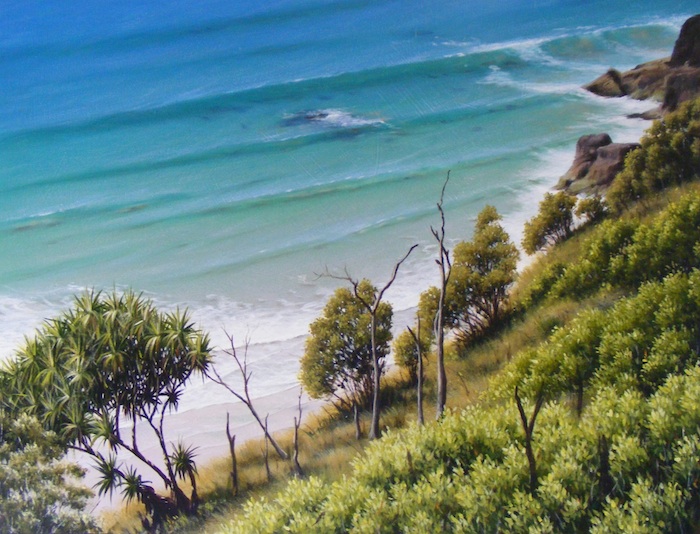
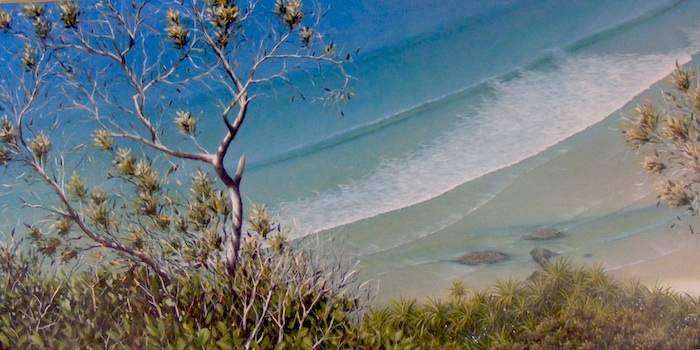
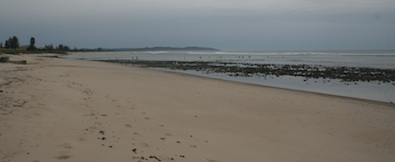
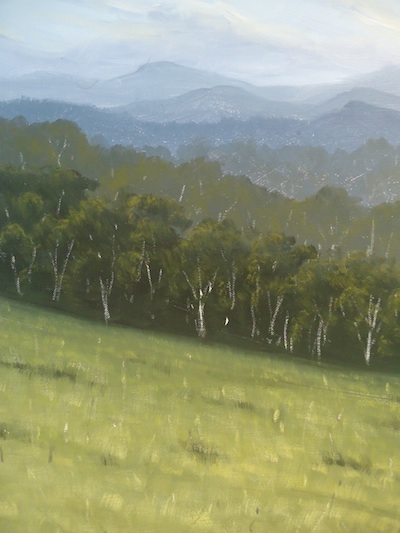

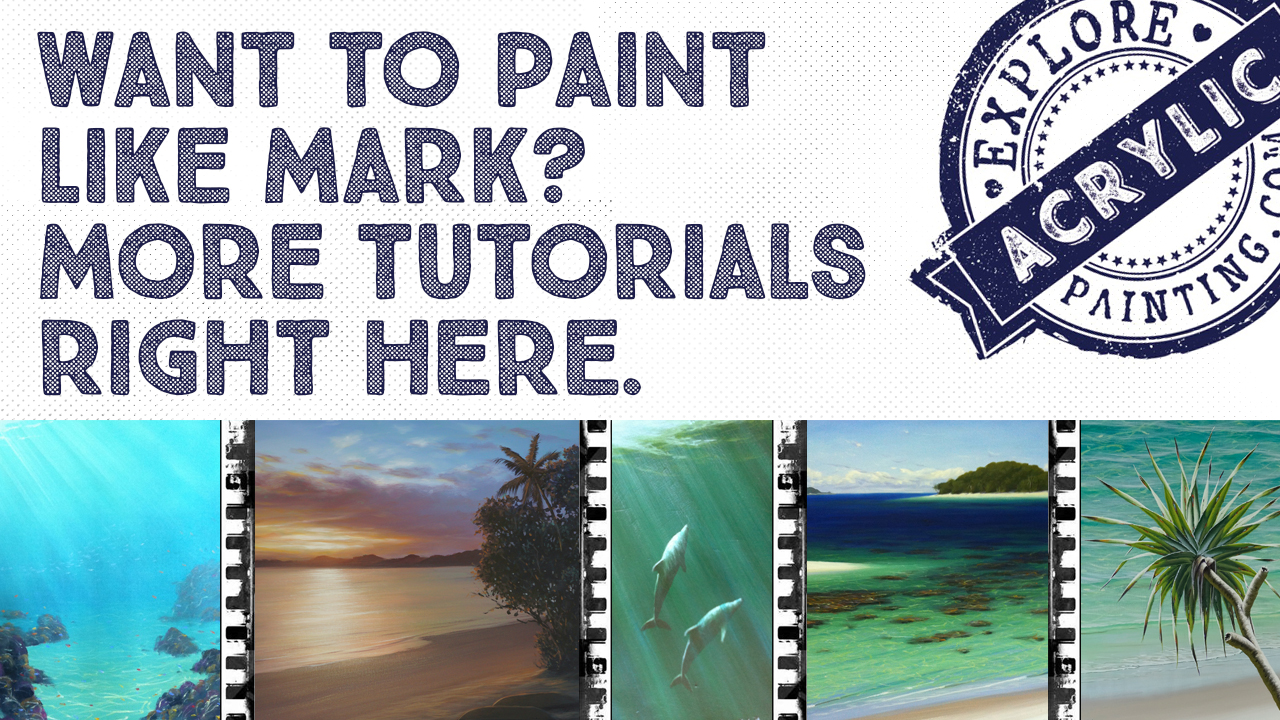












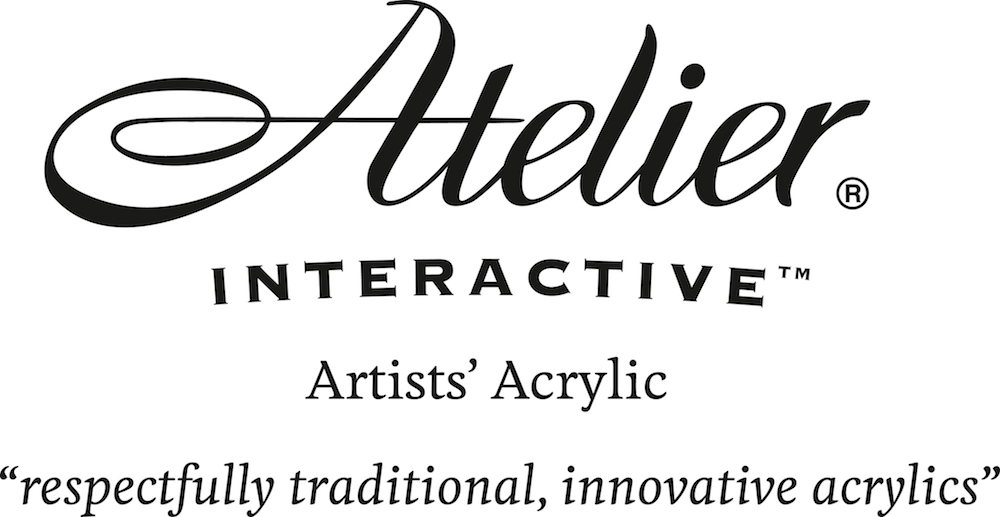


New! Comments
Have your say about what you just read! Leave me a comment in the box below.